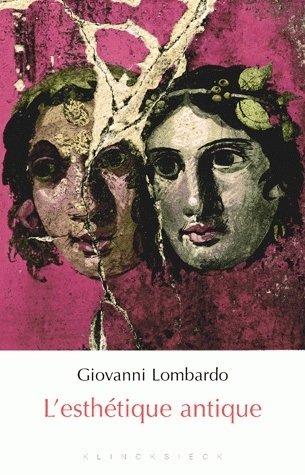Aesthetics as a philosophic discipline appeared only in the 18th century, but long before a specific term was invented, first the Greeks, and then the Romans, began to ask aesthetics-related questions. In ancient Greece, the discovery of beauty was the immediate consequence of an awakening awareness of the universe. According to the Greeks, the universe emerged in the splendour of a kosmos, meaning from a "beautiful order" – from a coherent system of teleologically moving parts, likely to inspire a feeling of admiration and emulation. Based on Pythagorean thought, the beauty of an object was thus determined by its structural proportions or by its order (kosmos).
The aim of this book is to show readers how, in Greek and Roman cultures – from Homer to Plotinus – the notion of kosmos marked and influenced the experience of art from the triple vantage point of the artistic object's production, structure, and effects on the public. It is meant to help readers gain an intimate grasp of aesthetics from its foundations to the various ways in which it evolved in the Western world.
Giovanni Lombardo teaches Aesthetics at the University of Messina, Italy. He translated into Italian the treatises Style de Démétrios (Palermo, 1999) and Du Sublime de Longin (Palermo,2007); and published Hypsegoria. Studi sulla retorica del sublime (Modena, 1988); L'Estetica antica (Bologna, 2002); La Pietra di Eraclea. Tre saggi sulla poetica antica (Macerata,2006); and La Traduzione della poesia. Studî e prove (Rome, 2009).




